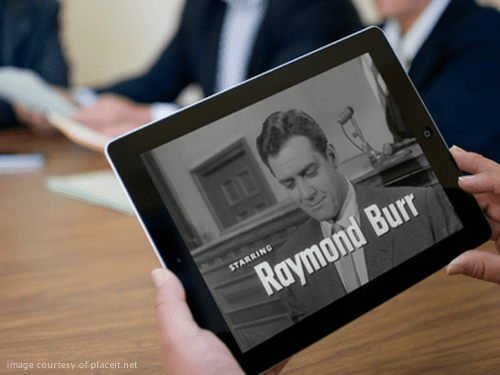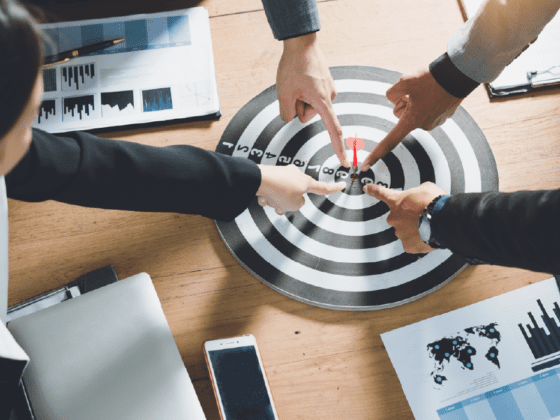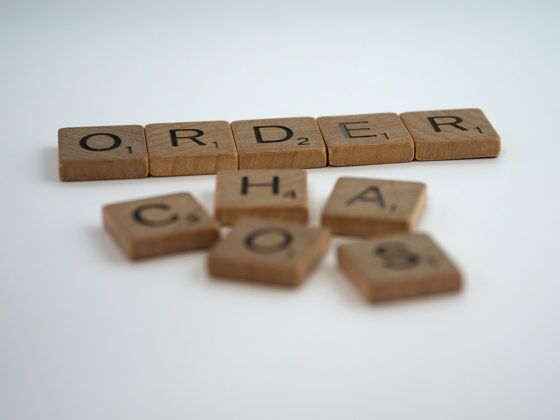 According to the American Bar Association’s Annual Legal Technology Report almost 50 percent of all attorneys use a tablet, and 9 out of 10 lawyers using tablets are using an iPad. That’s almost 400,000 lawyers using an iPad to do their work.
According to the American Bar Association’s Annual Legal Technology Report almost 50 percent of all attorneys use a tablet, and 9 out of 10 lawyers using tablets are using an iPad. That’s almost 400,000 lawyers using an iPad to do their work.
But the real power of any iPad or tablet computer is in the courtroom, where the size, power, and functionality make it a potent tool for litigators.
Managing Pleadings on an iPad
Your files should be easily accessible on your iPad. Many lawyers use Dropbox as a convenient way to keep a single file accessible for all of the devices. An app like GoodReader can make them all synched and organized. You can also rely on a litigation technology database that is iPad accessible. (cough, cough Nextpoint.) Every pleading, transcript, deposition video, or complaint should never be more than a couple of taps away.
iPad Perry Mason
Perry Mason would have loved the iPad. Imagine a slippery witness offering up vague, unreliable testimony about where they were standing or what they could see during testimony. Now imagine you grab your iPad and call up a picture of the scene and hand it to them for a definitive answer.
You don’t even need to have the picture or location stored on your device. Just go to Google Maps’ Streetview to call up almost any address or street location in the country. Make a screencapture and save the image to your Camera Roll so that it can be introduced as evidence. Hand your iPad to the witness or project the image on a screen and then ask your detailed questions. You can even mark up and annotate the image right on the iPad. Better yet, have the witness mark their location with their own finger.
Annotating Depositions on the iPad
After any deposition, you’re going to want to review the transcript and note testimony that will be of use for later motions. Making designations and notes in the transcript can be done with a few finger taps and notes in many trial applications. Nextpoint can:
1. Import a transcript and a synchronization file from a court reporter so that the video and transcript are linked together, allowing you to easily update your deposition strategy on the iPad.
2. Run a report to see all of your transcripts organized by topic so that you don’t forget all of these updates and edits after you’ve made them.
It is always useful to be able to create output of your work in a variety of formats, depending on how different parties like to work. It is often useful to be able to convert documents to the Adobe PDF file format, which is a flexible and useful tool for printing, emailing, or otherwise delivering transcripts once you’ve finished your annotations.
Showtime!
At Nextpoint, we like to say, “Just plug your iPad into a projector and make your case.” Of course, it is a little more complicated than that. A HDMI or VGA (Video Graphics Adapter) is often necessary to make your presentation on many devices. However, the Apple TV device is compatible with many display devices, which can simplify your presentation efforts. Whenever we are hotseating at a trial, checking the audio/visual components and adapters available is always one of the first priorities. Make sure to check the compatibility with your iPad or tablet along with all of your other tools.
And when you need to argue with opposing counsel or the judge, the iPad is the perfect tool to take to the bench and highlight the relevant part of any transcript for your incredulous audience.
Why Yes, I Do Have That Citation…
The iPad is probably most useful for doing quick and painless legal research. If your opponent cites or addresses a case or topic you are not prepared for, be ready to find whatever you need. There are a lot of apps that offer all of the rules of evidence and civil procedure in a jurisdiction as well as rules and statues.
It is always good to make sure you have one of the major legal research tools on your device as well- Fastcase, WestLawNext, and Lexis Advance. Fastcase is free and Google Scholar is a good resource as well if your firm is not prepared to pay for the Lexis or WestLaw services. But with the apps available for the paid services, you ought to be able to pull all of the relevant case law on a matter and pick the best to cite.
Also remember that many courts are paper-bound. So while the iPad is a useful digital tool, always make sure you can connect wirelessly to a printer somewhere nearby to print your findings quickly and painlessly. Of course, a lot of these tasks can be done on a laptop. But the touchscreen, size, and portability of an iPad or other tablet just makes it so much more useful to use in any courtroom.
Cloud-based applications like Nextpoint are tailor made for mobile and tablet-toting lawyers. Check out our interview with Chad Burton of Burton Law to see what he considers to be the advantages that Cloud apps bring to his practice.





